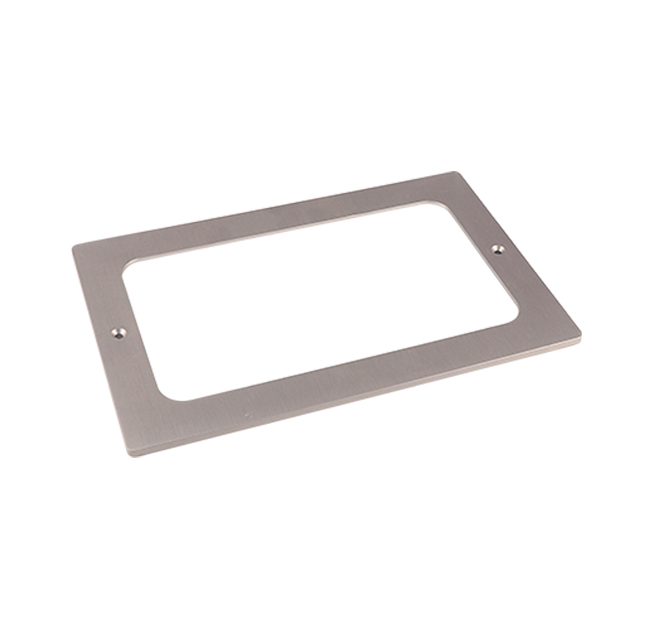Time:2025-07-11 Views:0 source:CNC Machining customization source:CNC Machining news

Copper alloys, known for their excellent electrical conductivity, thermal conductivity, and machinability, require specific techniques to ensure precision and efficiency in CNC machining. One key tip is tool selection. Carbide tools are preferred over high-speed steel due to their superior wear resistance, especially when machining harder copper alloys like brass. A sharp cutting edge is crucial to prevent work hardening, as copper alloys tend to deform under dull tools, leading to poor surface finish. Tools with a high positive rake angle (10°–15°) reduce cutting forces, minimizing tool deflection and improving accuracy.
Cutting parameters must be optimized. Spindle speed should be relatively high—typically 3,000–10,000 RPM for brass and 1,500–5,000 RPM for bronze—to avoid built-up edge (BUE). BUE occurs when copper adheres to the tool, damaging both the tool and the workpiece surface. Feed rates range from 0.1–0.3 mm/rev, balancing material removal rate and surface quality. Coolant is essential, not only for cooling but also for flushing chips away. Emulsion-based coolants work well, as they reduce friction and prevent chip recutting.
Workholding is another critical aspect. Copper alloys are often soft, so using low-clamping-force fixtures with non-marring jaws prevents distortion. For thin-walled components, vacuum chucks or fixture plates with custom supports distribute clamping force evenly. Additionally, maintaining a clean workspace is vital, as copper chips are soft and can accumulate, causing interference. Regular tool inspection and replacement prevent unexpected tool failure, ensuring consistent machining results.
Read recommendations:
Sealing ring Precision electronic parts
Housing components for recessed downlights Precision electronic parts
Oval Magnetic Hardware Precision electronic parts
CNC Machining Dimension Accuracy
CNC processing factory - Meeting customers' strict requirements for precision